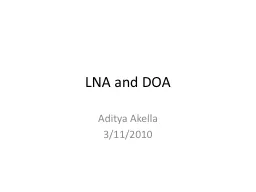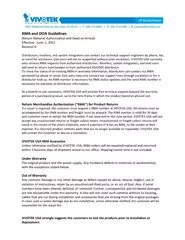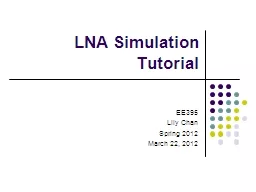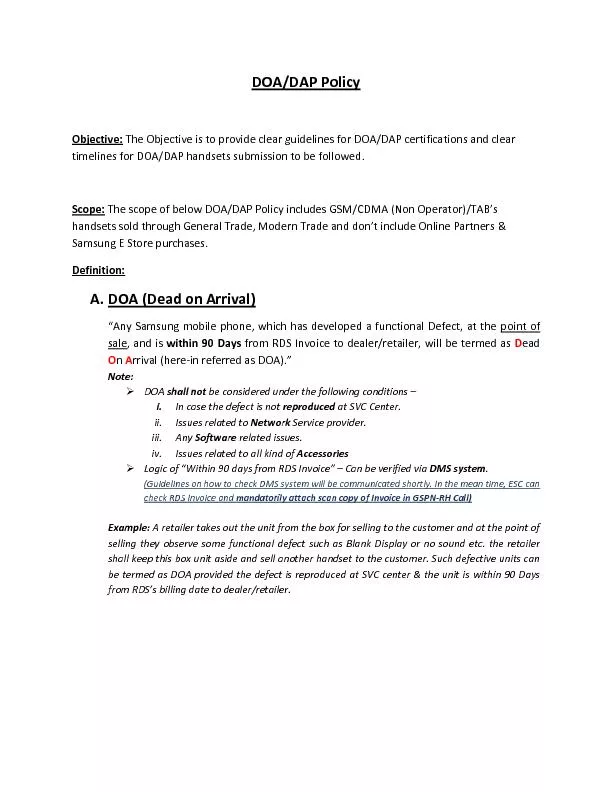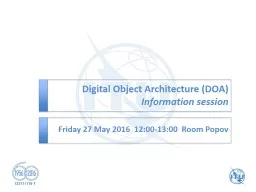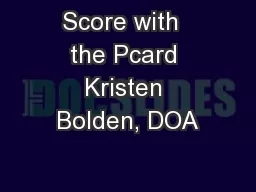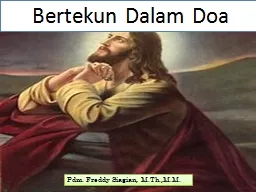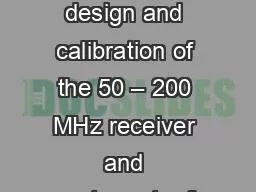PPT-LNA and DOA
Author : myesha-ticknor | Published Date : 2016-06-25
Aditya Akella 3112010 A Layered Naming Architecture for the Internet Hari Balakrishnan Karthik Lakshminarayanan Sylvia Ratnasamy Scott Shenker Ion Stoica
Presentation Embed Code
Download Presentation
Download Presentation The PPT/PDF document "LNA and DOA" is the property of its rightful owner. Permission is granted to download and print the materials on this website for personal, non-commercial use only, and to display it on your personal computer provided you do not modify the materials and that you retain all copyright notices contained in the materials. By downloading content from our website, you accept the terms of this agreement.
LNA and DOA: Transcript
Download Rules Of Document
"LNA and DOA"The content belongs to its owner. You may download and print it for personal use, without modification, and keep all copyright notices. By downloading, you agree to these terms.
Related Documents

